When the train doors opened there was 4 inches of snow I had to jump over to land in a shoveled away area and prevent my slip-on shoes from immediately getting soaked. Admittedly, I had been warned: my train car waiting for me idly at Sendai Station wouldn’t open its doors unless I pressed a button. “It’s that cold where this train is headed,” I thought.
I learned from a station attendant nearby that many parts of Yamagata Prefecture in northern Japan just had their first snowfall of the season last night. And less than 12 hours earlier I had learned that Donald Trump had won the election and would be the next president of the United States. So I decided to close my laptop and silence my twitter and facebook feed and go for a walk on a narrow road to the deep north. Specifically, I was emulating the poet Matsuo Basho who, in the 17th century, set off on a journey up north from Tokyo propelled by an effort to renew his own art. In 24 hours I had to make my way to Narita for a flight back to New York so I had just 1 day, rather than Basho’s 156. But the logistical efficiency of Japanese trains are amazing. And by 9 AM I was standing outside Yamadera station, feeling the the wintry of the north seep into my shoes.
“Lend you a pair of boots?” A woman from a store nearby called out to me. I made my way over, carefully avoiding the slushiest of areas, and into a quasi-souvenir shop and restaurant. “Do you have my size? I’m a 30.” The woman looked down and laughed. “I can give you Dad’s but they still might be too small.” I tried on this kind woman’s father’s boots and indeed, they were tight. But it sure beat getting wet. Plus, I didn’t want to turn down the woman’s kind gesture, which was already making me feel toasty. “That’ll be 300 yen,” she smiled. Of course, I thought, slightly embarrassed, and handed over the coins. “Stop by for some warm potato soup on your way back,” she said, as I left.
Basho referred to his poetry writing as “a wind-swept spirit” and likened it to “a thin drapery that is torn and swept away at the slightest stir of the wind.” His desire to roam he also likened to a form of wanderlust, and both firmly remained vested in some form of control that was not his own. Based on his journey, Basho eventually published a book of writing and poems called The Narrow Road to the Deep North. It’s only about 35 pages of text but it took Basho 5 years to write it. Which means that he likely obsessed over each and every word, tweaking and removing what was non-essential. At the beginning, after explaining why he set off on this walk, he opens with a poem:
Even a thatched hut
May change with a new owner
Into a doll’s house.
There are about 1000 steps to climb to Rishakuji Temple, perched on the top of the mountain. And depending on how long you stop to admire the stone steps, the straight trees or the many alters – both large and small – along the way, the climb can take anywhere from 40 minutes to an hour. The temperature had been steadily rising as the day grew older and, as I climbed, mounds of snow high in the trees above would come falling down in random places like small meteors falling to the ground. These snow stars would land unexpectedly, with a thud. And if you knew you weren’t in harms way you could watch the sparkly glitter of the star’s tail following behind as it fluttered to the ground. At one point, a small child – part of a school field trip – clasped his hands together and offered a prayer to a small stone deity: “please don’t let me get hit.”
A fantastic view awaited those who climbed to the top. From a modest hut, one that monks used to meditate, you could look out across the mountainous land and immediately understand what what drew Basho to this part of Japan. Basho presumably wrote many of his poems while looking out at this same view – one that has largely remained the same for hundreds of years.”When a country is defeated,” Basho wrote, “there remain only mountains and rivers, and on a ruined castle in spring only grasses thrive. I sat down on my hat and wept bitterly till I almost forgot time.” He then penned what is one of his most profound poems:
A thicket of summer grass
Is all that remains
Of the dreams and ambitions
Of ancient warriors.
I made my way back into town feeling lighter and somewhat more energetic than earlier in the day, but not necessarily at peace either. Basho himself wrote about his own poetry saying that it constantly wavered between doubts. But he and I both took comfort in knowing that it’s the unquenchable love of what we do that prevents us from tipping one way or the other. And it’s for that reason that we hang on to our work somewhat blindly. Before I knew it I was standing back infront of the shop. “Okaerinasai.” The shop owner greeted me in an affectionate phrase that means welcome back. “I’ll get you a serving of that warm potato soup.”
How to get there (Map):
- Take the Tohoku Shinkansen from Tokyo to Sendai Station (1.5 hours)
- Transfer at Sendai to the Senzan Line to Yamadera Station (1 hour)
- The path up the mountain is 5 min from Yamadera Station and is well marked
(Special Thanks to All About Japan and the Japanese Tourism Ministry for supporting Spoon & Tamago and making this trip to Tohoku possible)

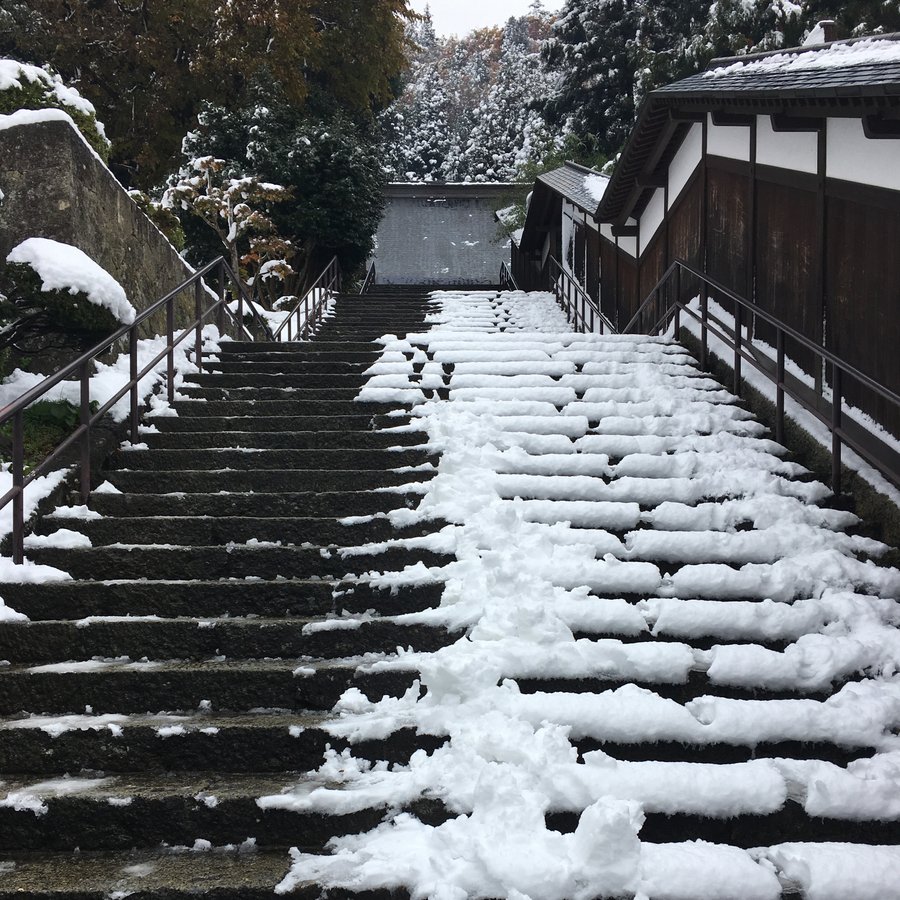
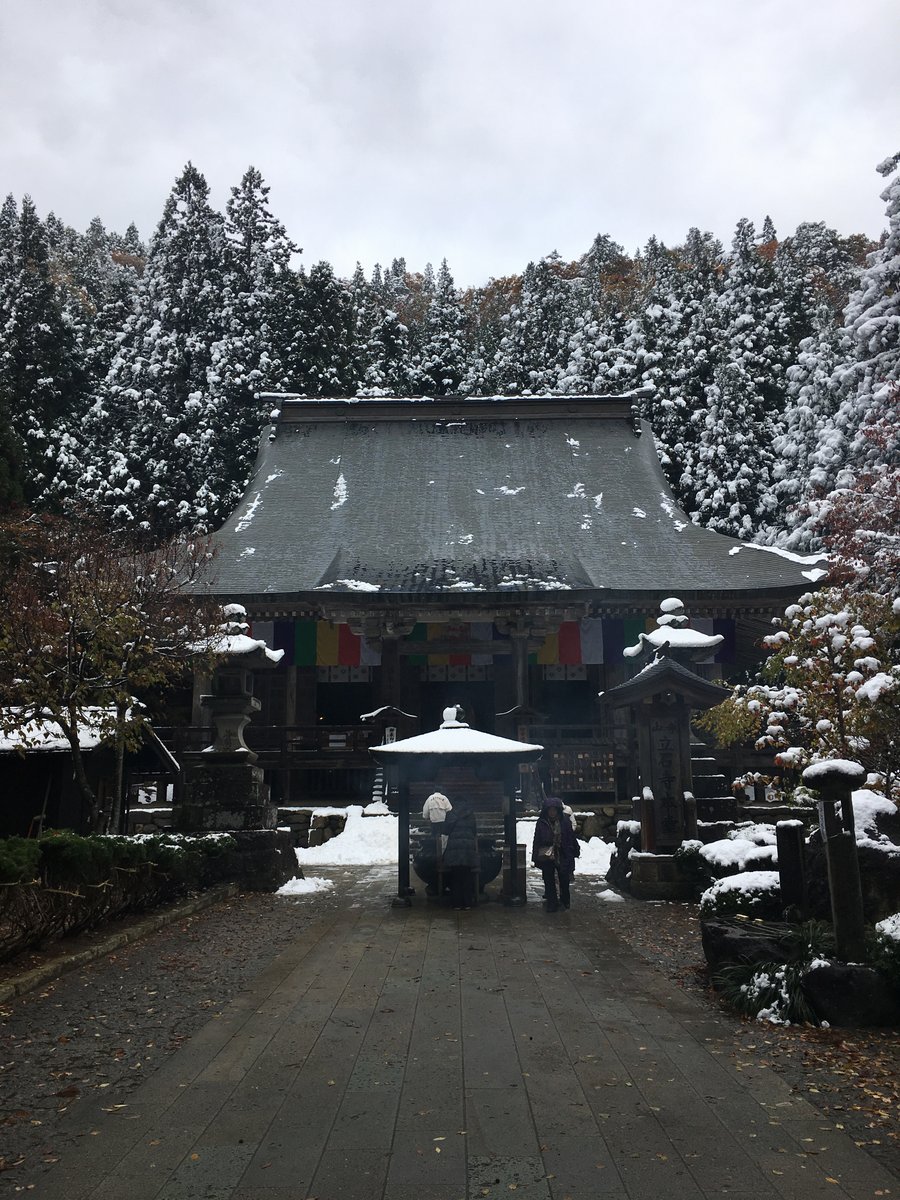
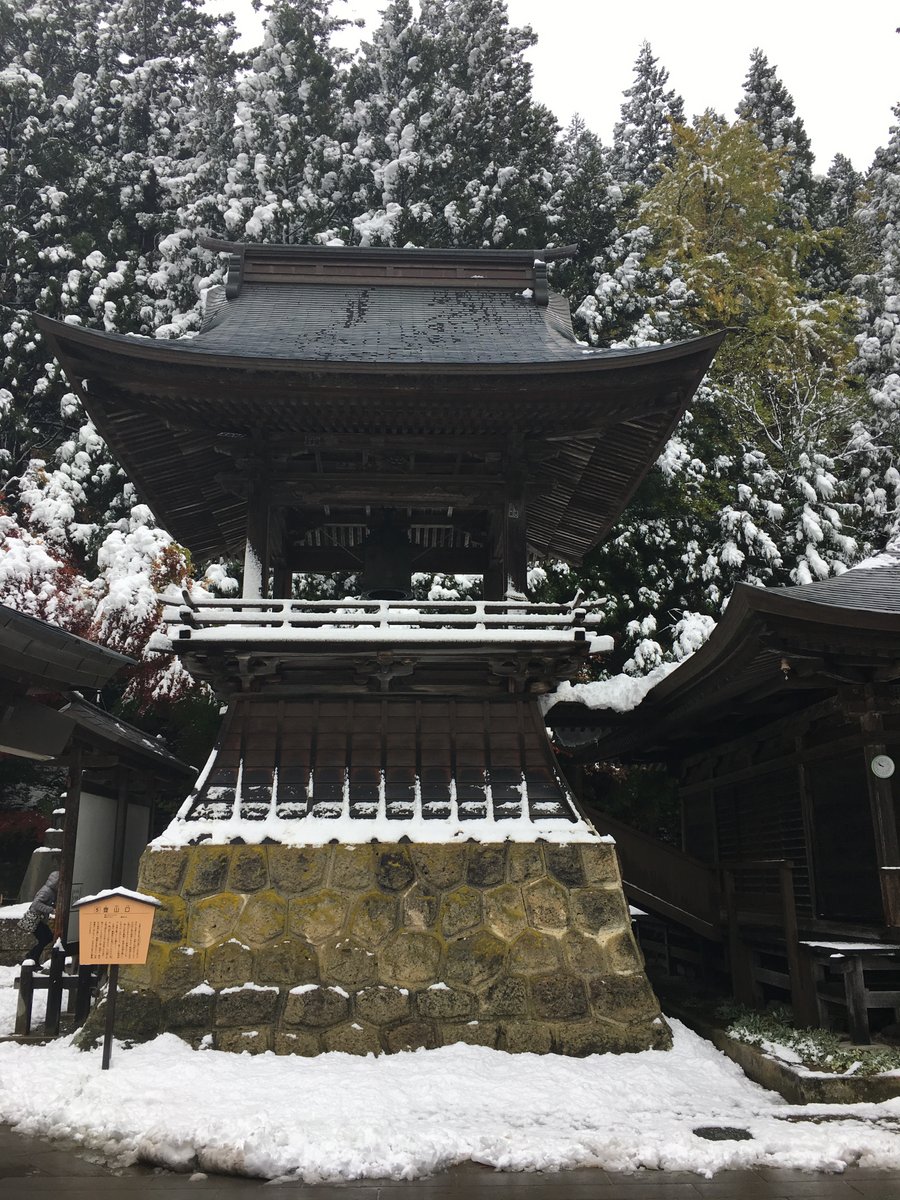
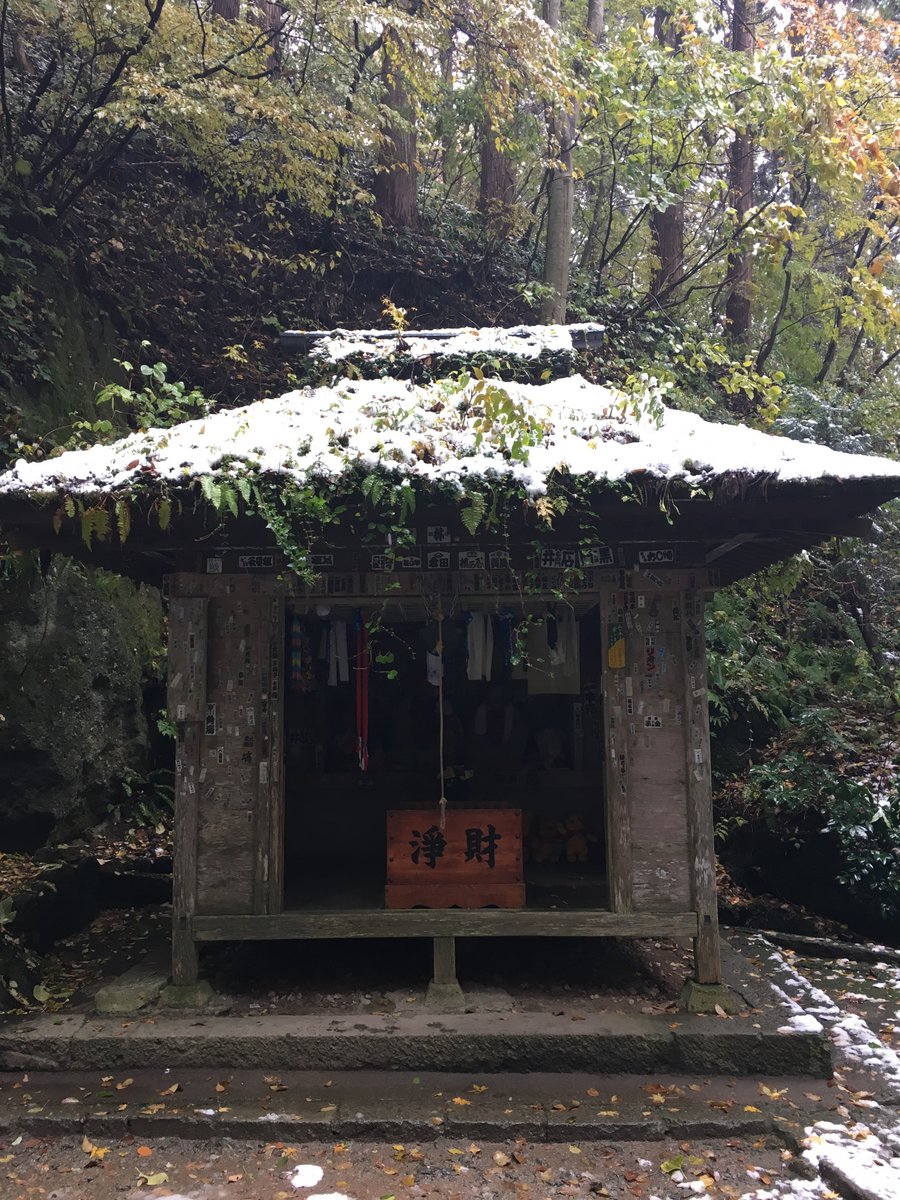
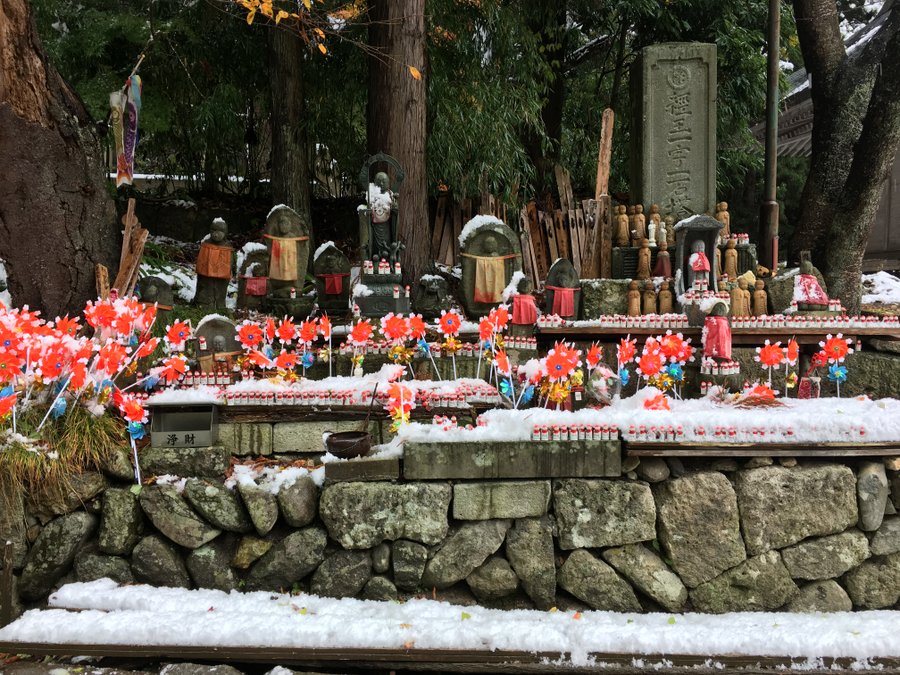
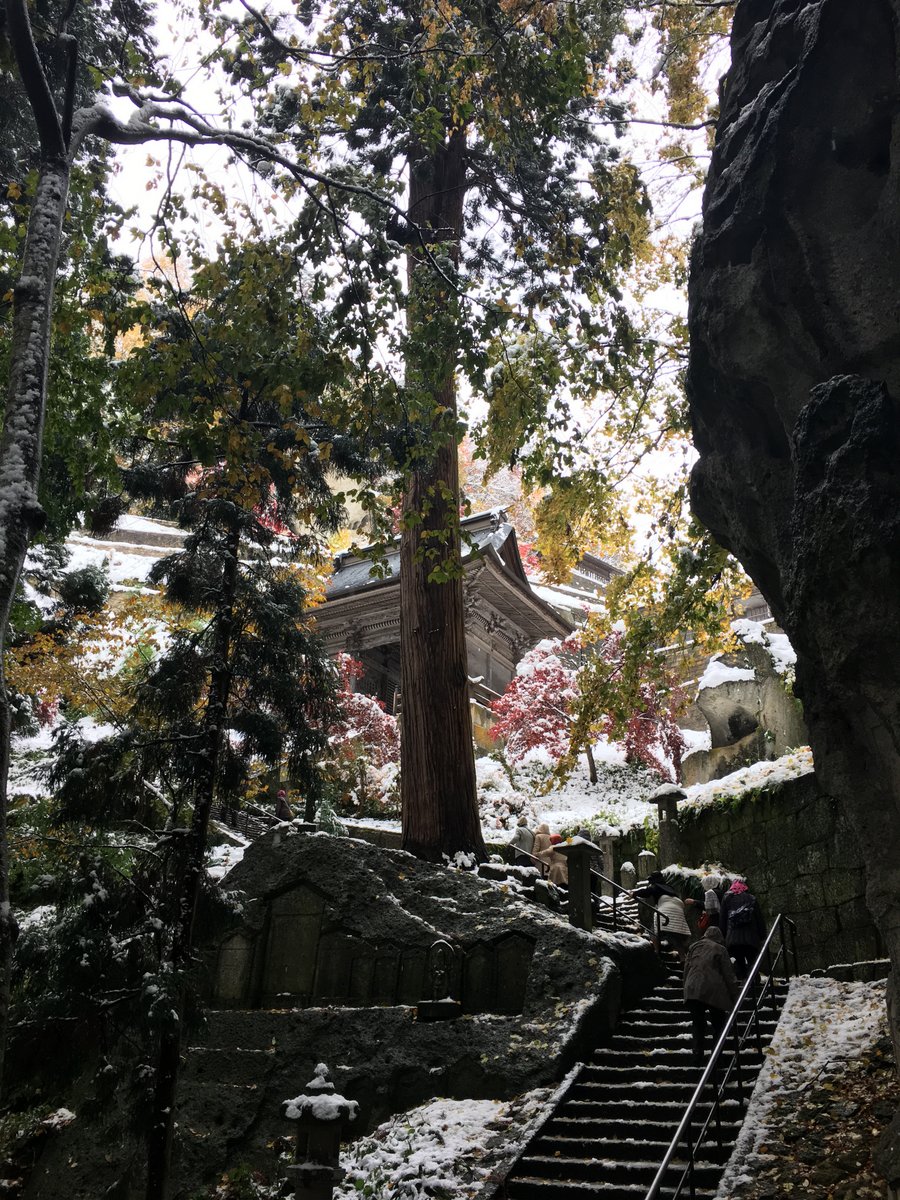
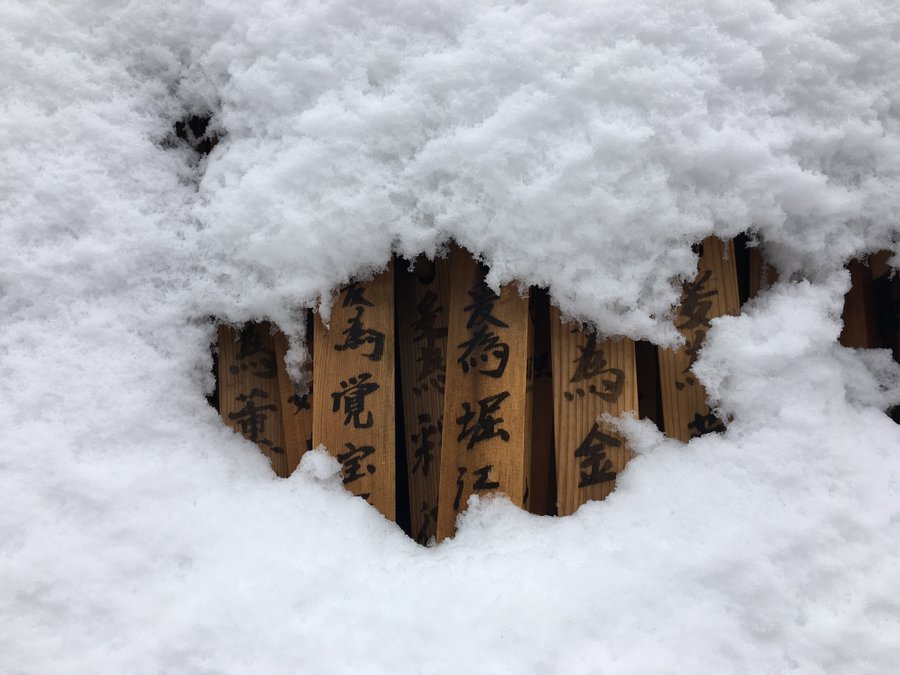
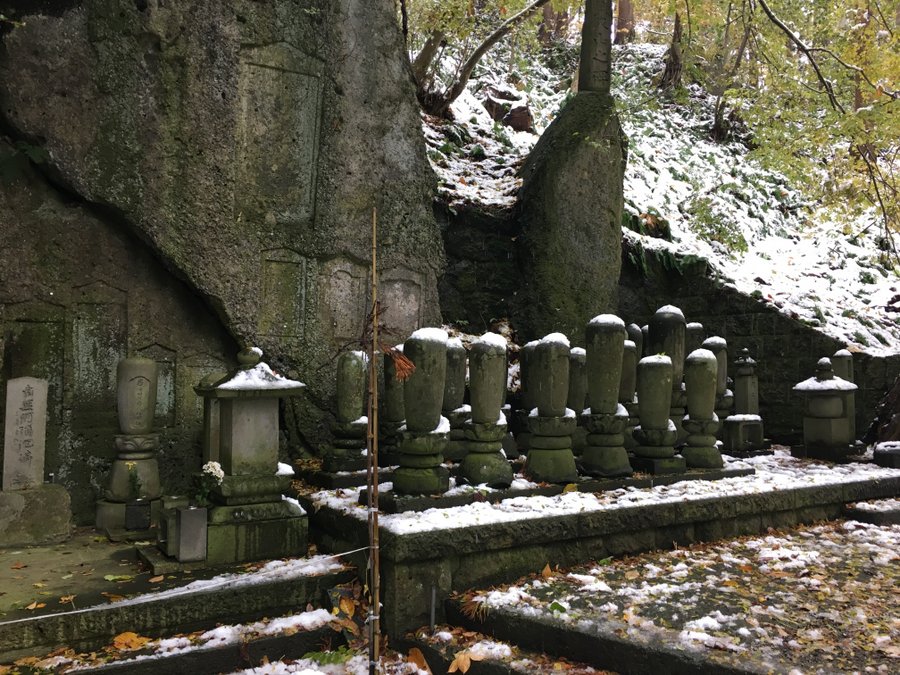
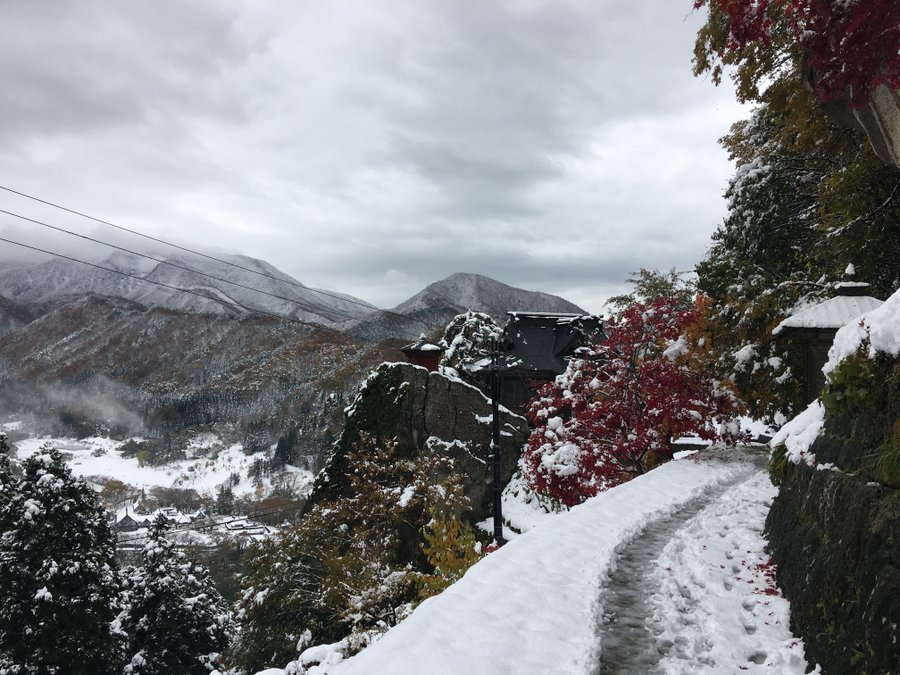
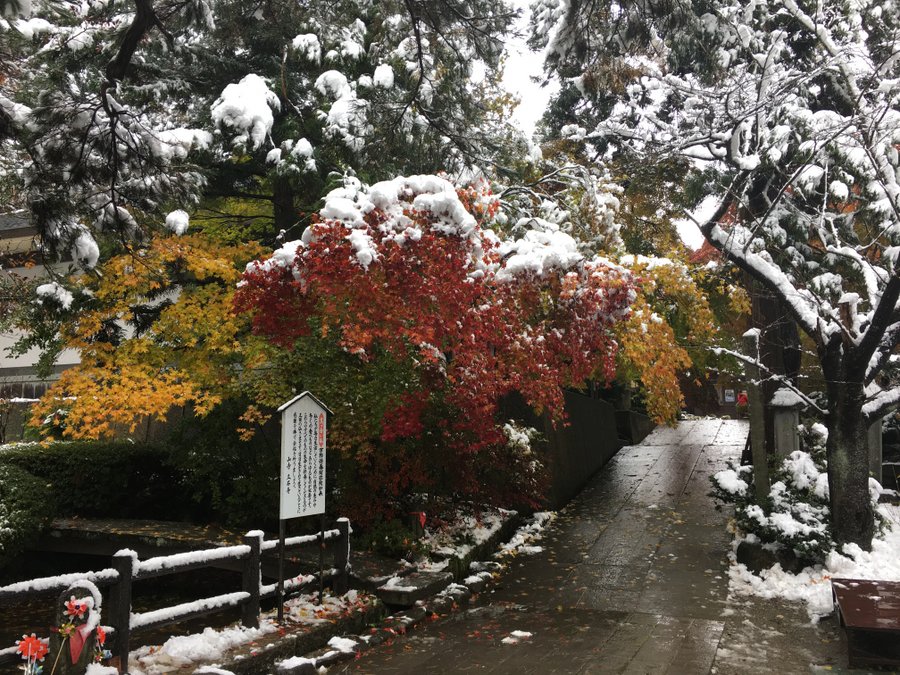
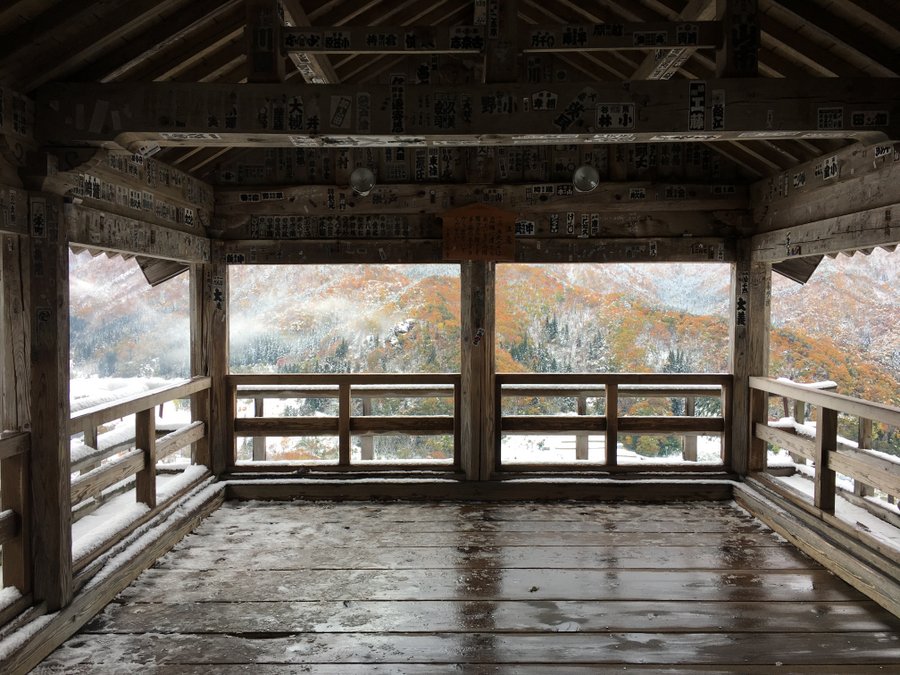
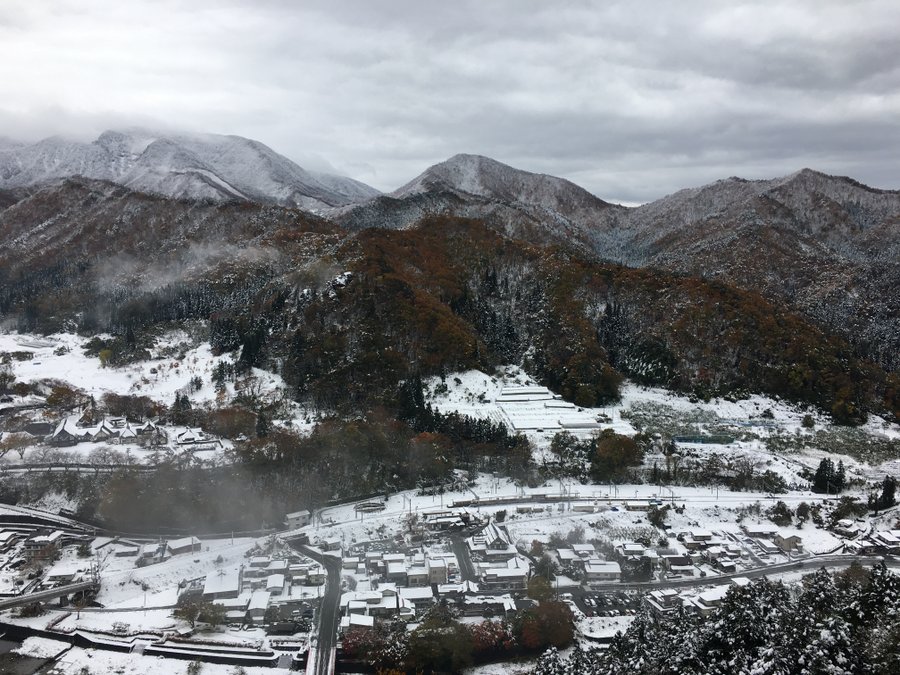
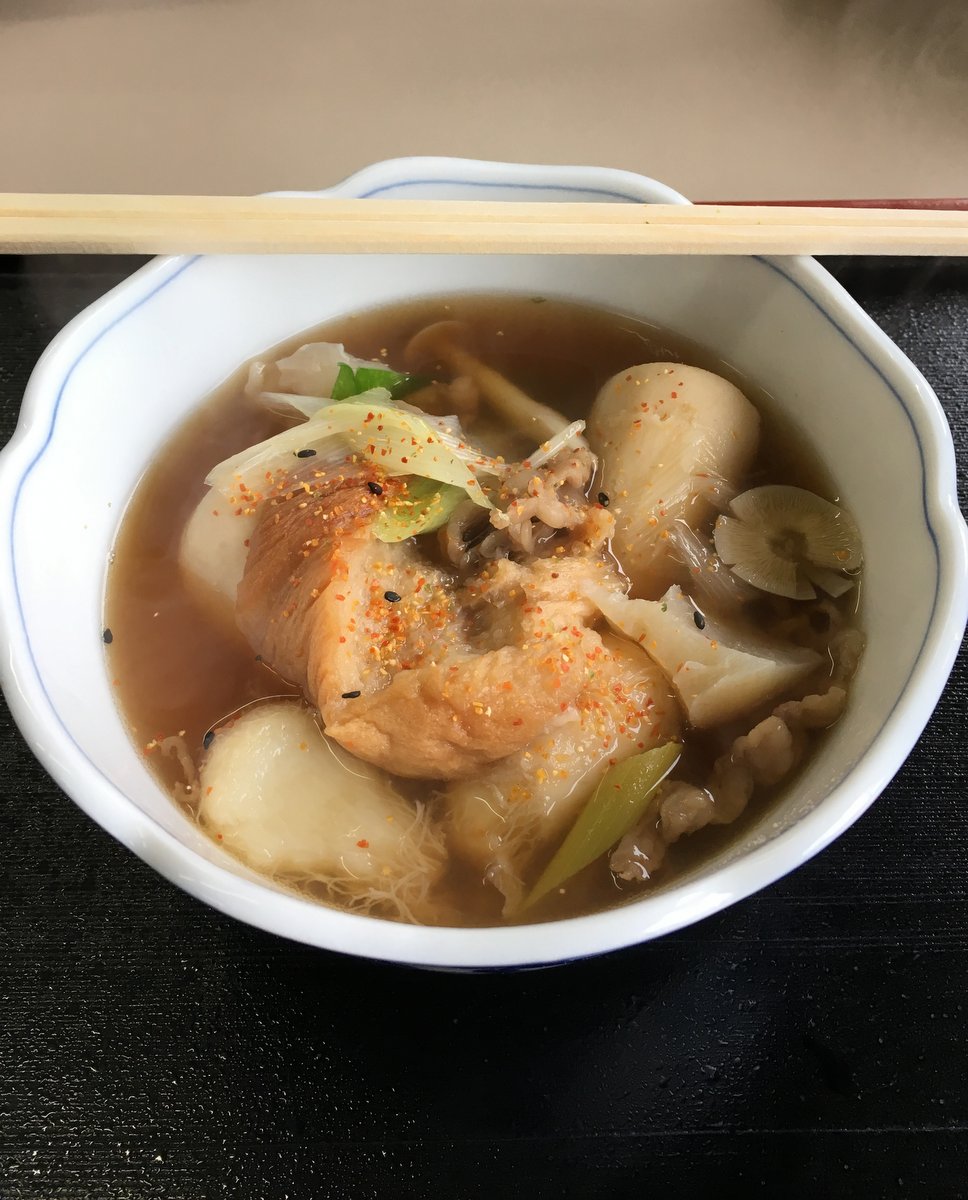

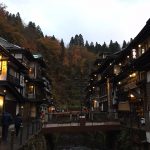
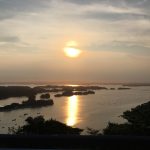
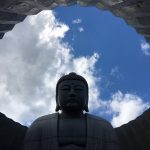
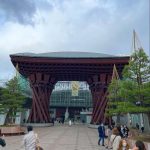


















November 11, 2016 at 3:28 pm
What an interesting article! I like how the author blends travel, culture, history, and literature into his story.
November 21, 2016 at 5:34 pm
Wonderful, I felt the chill as I read and enjoyed your beautiful photography. Thank you.
December 3, 2016 at 1:23 am
I so much needed this virtual excursion. The story picked me up, the photos were really sight for sore eyes. Domo arigato.